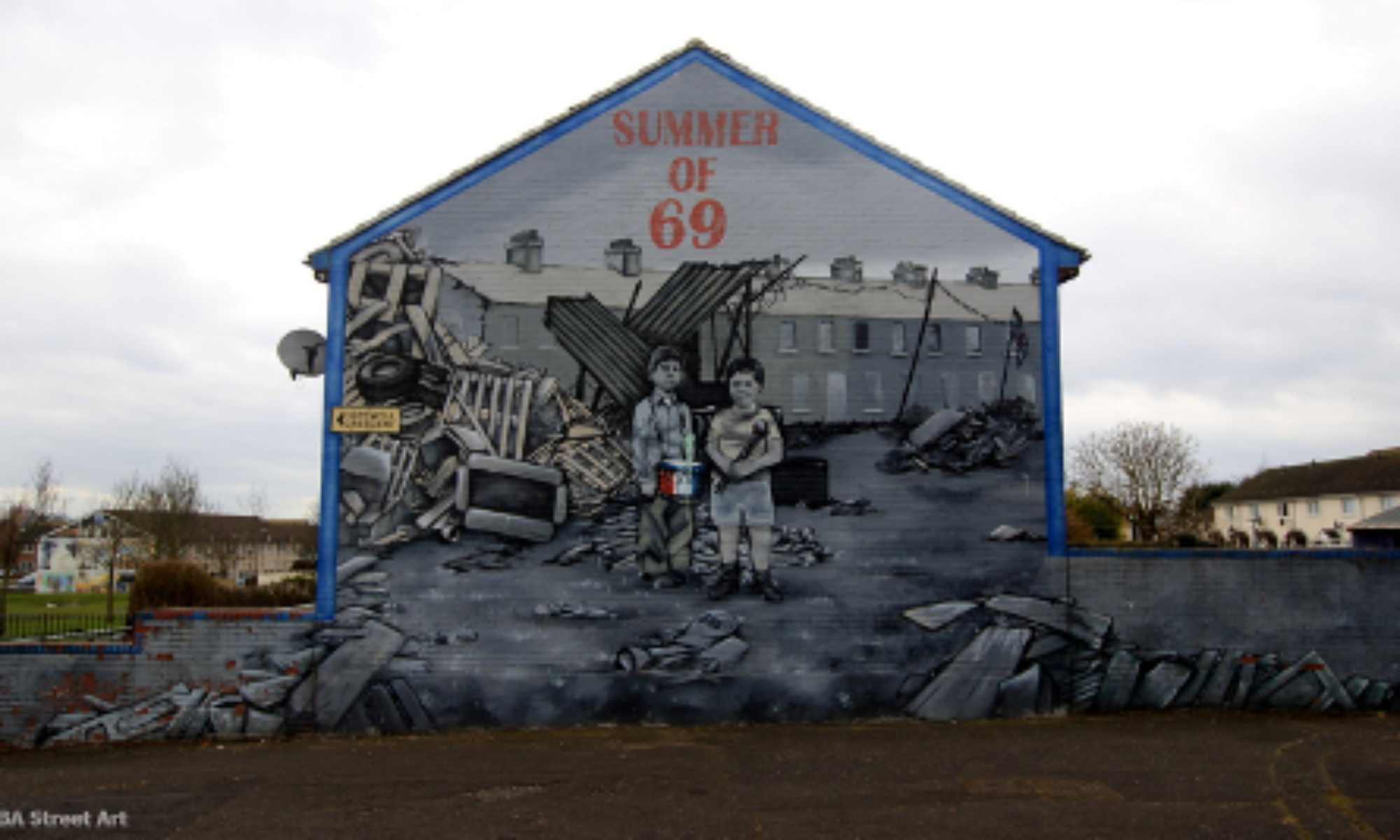“In every struggle for liberty and justice, we are weakened when we shape our strategy to keep powerful interests onside.” I believe this quote, from the introduction of Eamonn McCann’s War and an Irish Town, perfectly exemplifies why true change is so difficult to come by in our society. The whole point of social change – to disrupt something powerfully ingrained in our lives – is nullified because our society is structured to protect power. Power makes reputations, furthers careers, and writes paychecks. Although powerful people are highly scrutinized, they are also protected from mainstream society because of the power that defines them. To ask someone to give up their power (whether politically, financially, or other) is to ask them to put down their shield. However, social change is impossible without someone losing some type of power. Something has to give.
In the early 1900s when Ireland separated from Britain, Britain didn’t budge on granting the six counties of Northern Ireland independence. Many believe this reluctance was influenced by Belfast being a valuable port city. Belfast rewarded the British power in the form of profit, and regardless of the social upheaval that the partition of Ireland caused, the British had interests that they deemed worthy of defense. Today we see something similar in many struggles for social change, including with gun laws in the United States. Despite horrific mass shooting, the intertwined web of interests at the top level of the country has prevented major change from ever occurring. Which is why, as Emory Douglas stated, and quoted by McCann, “real change, if it comes, will come from below.” The power struggle at the top will never sort itself out in time for social change to happen. As a result, it’s the people who don’t have these competing interests that need to lead the charge.
People don’t want fiery rhetoric thrown at them with nothing to back it up. Mr. McCann likened it in our class discussion to being at a Bruce Springsteen concert by yourself; it would be terrible, because so much of the experience is being alongside others feeling the same excitement. People don’t want to be told that they, as an individual, have the powerful politicians on their side. They want freedom and liberty, and to experience these alongside their peers. In order for this to ever happen, we must recognize that those with power might not be the strongest allies.
